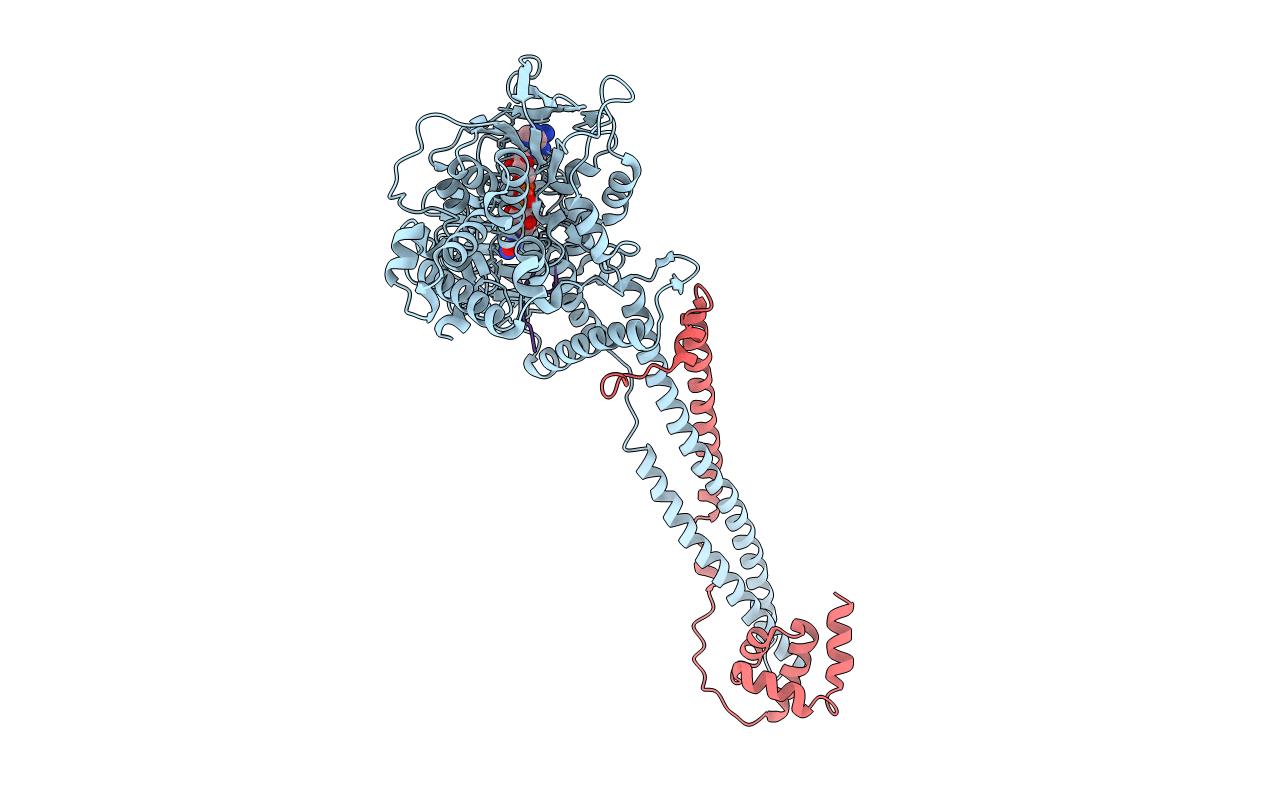
Deposition Date
2011-01-05
Release Date
2011-02-16
Last Version Date
2023-12-20
Entry Detail
PDB ID:
2Y48
Keywords:
Title:
Crystal structure of LSD1-CoREST in complex with a N-terminal SNAIL peptide
Biological Source:
Source Organism:
HOMO SAPIENS (Taxon ID: 9606)
Host Organism:
Method Details:
Experimental Method:
Resolution:
3.00 Å
R-Value Free:
0.24
R-Value Work:
0.21
R-Value Observed:
0.21
Space Group:
I 2 2 2


